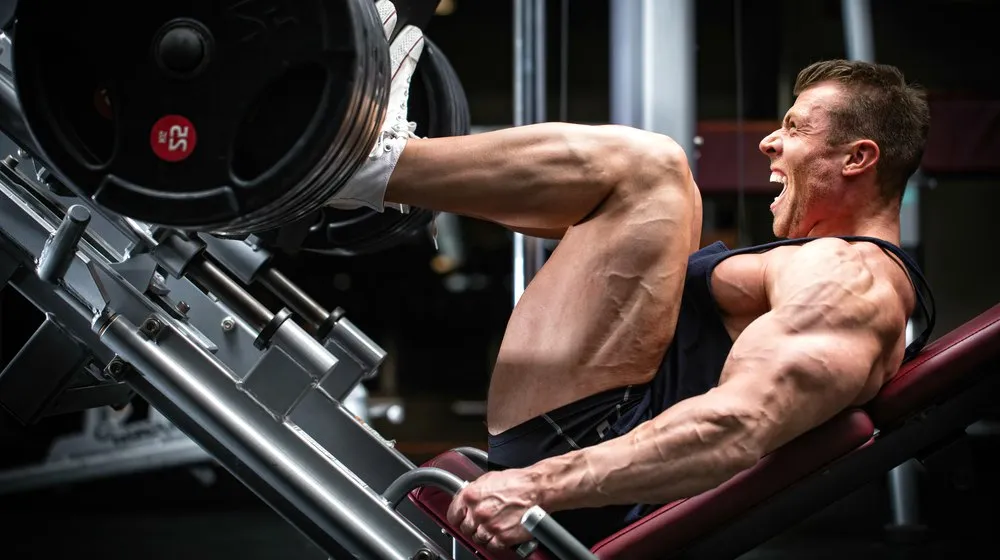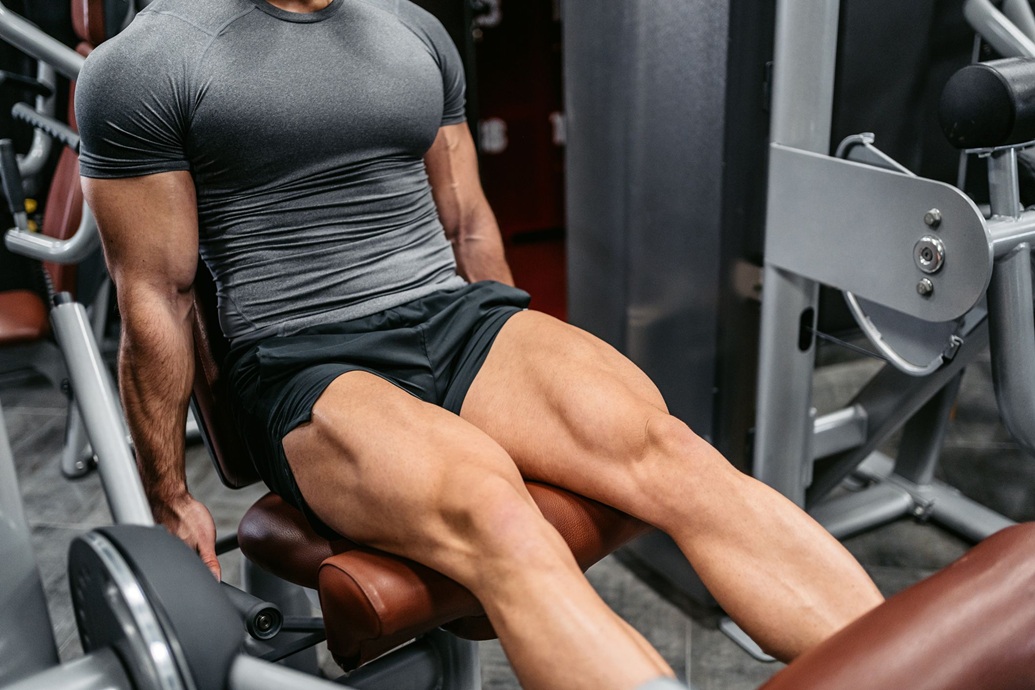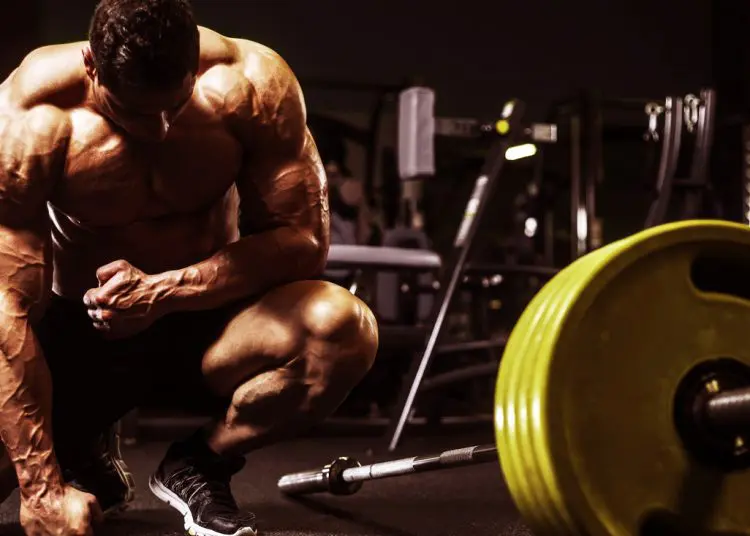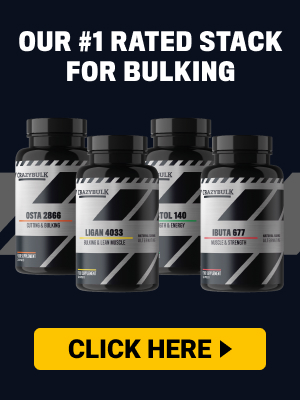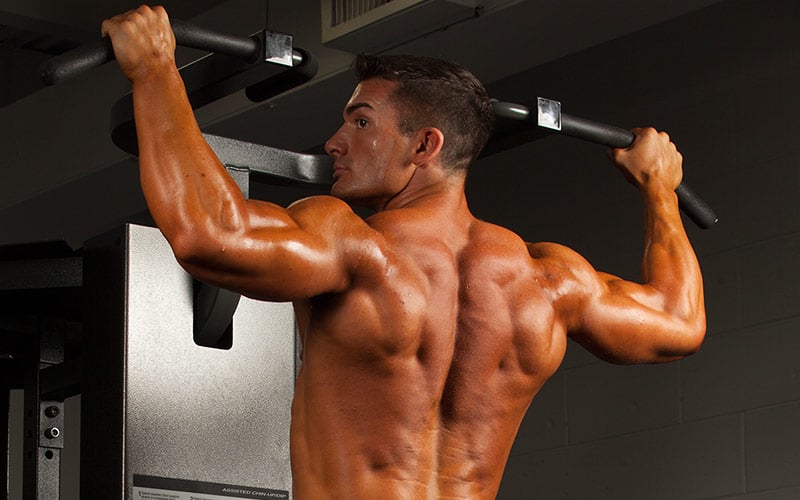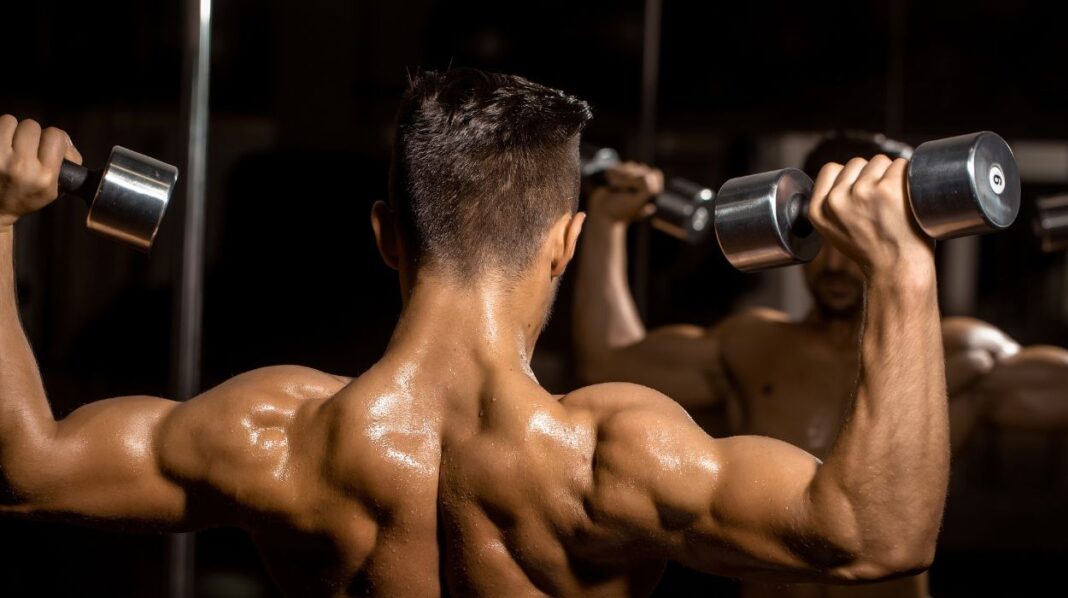Best Split for Leg Development: Build Size, Strength, and Symmetry
When it comes to bodybuilding, the phrase “don’t skip leg day” has become almost cliché. Yet many lifters still struggle to build impressive quads, hamstrings, and glutes.
A big chest and arms might turn heads, but a physique without legs looks incomplete.
Leg development isn’t just about aesthetics, though. Strong legs mean stronger lifts overall — your squats, deadlifts, and even presses benefit.
But here’s the catch: if your training split isn’t structured properly, your legs won’t get the frequency, volume, or intensity they need to grow.
This guide breaks down the best workout splits for leg development, compares their effectiveness, and shows you how to specialize if your lower body is lagging.
🔎 Key Principles of Leg Growth
- Movement Variety
- Quads: Squats, lunges, leg press
- Hamstrings: Romanian deadlifts, hamstring curls
- Glutes: Hip thrusts, split squats
- Calves: Standing & seated calf raises
- Frequency
- Legs respond well to 2x/week training.
- Heavy compounds + accessory work spread across the week = best growth.
- Volume
- Hypertrophy: 12–20 total sets per week per muscle group (quads, hamstrings, glutes).
- Beginners can start with ~10 sets, advanced lifters often need 18+.
- Progressive Overload
- Track squat, deadlift, lunge, and hip thrust strength.
- Steady weight increases → guaranteed growth.
💥 Best Splits for Leg Development
Push Pull Legs (PPL)
Why It Works:
- Legs trained 2x per week (on both Leg days in a 6-day split).
- Plenty of space for quad, hamstring, and glute focus.
- Calves can be trained every other session for frequency.
Sample Leg Frequency (PPL 6-Day):
- Leg A: Squats, RDLs, Leg Press, Walking Lunges, Calf Raises
- Leg B: Deadlifts, Front Squats, Bulgarian Split Squats, Hamstring Curls, Hip Thrusts
Pros:
- Great frequency + volume
- Covers all major lower-body muscles
- Customizable for weak points
Cons:
- Requires high weekly commitment (5–6 days)
👉 Best for: Intermediates & advanced lifters wanting maximum leg development.
Upper / Lower Split
Why It Works:
- Legs trained twice weekly (Lower A + Lower B).
- Can balance heavy squatting with hypertrophy work.
- Works perfectly on a 4-day schedule.
Sample Leg Frequency (Upper/Lower 4-Day):
- Lower A: Squat (heavy), RDL, Walking Lunges, Standing Calf Raises
- Lower B: Deadlift, Front Squat, Leg Press, Hamstring Curl, Seated Calf Raises
Pros:
- Balanced & sustainable
- Great for progression on compounds
- Easily adapted for beginners to advanced lifters
Cons:
- May need accessory additions for lagging calves/glutes
👉 Best for: All levels — especially lifters training 4 days a week.
Bro Split (Leg Day)
Why It Works:
- Entire session dedicated to legs → massive volume in one day.
- Popular among bodybuilders for quad/hamstring specialization.
Sample Leg Day (Bro Split):
- Back Squats – 4×6
- Romanian Deadlifts – 4×8
- Leg Press – 4×10
- Bulgarian Split Squats – 3×12
- Lying Hamstring Curls – 3×12
- Standing Calf Raises – 4×15
- Hip Thrusts – 3×10
Pros:
- Maximum focus on legs in one session
- Great for advanced bodybuilding aesthetics
- Allows very high weekly volume
Cons:
- Frequency limited to once a week (suboptimal)
- Recovery can be brutal after high-volume leg day
👉 Best for: Advanced lifters specializing in quads/hamstrings for aesthetics.
PHUL (Power Hypertrophy Upper Lower)
Why It Works:
- Combines strength and hypertrophy leg training twice a week.
- Lower Power focuses on squats/deadlifts; Lower Hypertrophy focuses on accessory work.
Sample Leg Frequency (PHUL 4-Day):
- Lower Power: Squats 4×5, Deadlifts 4×5, Leg Press 3×8, Standing Calf Raise 3×12
- Lower Hypertrophy: Front Squats 3×8, RDLs 3×10, Bulgarian Split Squats 3×12, Hamstring Curls 3×12, Hip Thrusts 3×10
Pros:
- Perfect balance of strength + hypertrophy
- Covers all major muscle groups
- Sustainable frequency
Cons:
- Recovery needed between heavy sessions
👉 Best for: Intermediates who want strength and size.
PHAT (Power Hypertrophy Adaptive Training)
Why It Works:
- Legs trained multiple times (Lower Power + Lower Hypertrophy).
- High volume for both quads and hamstrings.
- Combines heavy compounds with high-rep hypertrophy work.
Sample Leg Frequency (PHAT 5-Day):
- Lower Power: Squats, Deadlifts, Heavy Leg Press
- Lower Hypertrophy: Front Squats, RDLs, Walking Lunges, Leg Extensions, Hamstring Curls, Hip Thrusts, Calf Raises
Pros:
- High volume + frequency = big legs
- Excellent for advanced hypertrophy goals
- Widely used by bodybuilders
Cons:
- Demands excellent recovery
- Too intense for beginners
👉 Best for: Advanced lifters seeking maximum quad/hamstring growth.
📊 Split Comparison for Leg Development
| Split | Frequency | Volume Potential | Best For |
| PPL | 2x/week | High | Intermediates/Advanced |
| Upper/Lower | 2x/week | Moderate–High | All levels |
| Bro Split | 1x/week | Very High (1 day) | Advanced specialization |
| PHUL | 2x/week | Moderate–High | Intermediates |
| PHAT | 2x/week | Very High | Advanced |
🏋️ Leg Specialization Strategies
- Prioritize Squats & Deadlifts → Track and progress them consistently.
- Hit Quads & Hamstrings Equally → Many lifters bias quads too heavily.
- Train Glutes Directly → Add hip thrusts, Bulgarian split squats, and RDLs.
- Don’t Neglect Calves → Train 2–3x/week with both standing & seated raises.
- Frequency is King → Train legs at least 2x/week for maximum growth.
✅ Final Verdict: Best Split for Leg Development
- For Beginners: Upper/Lower (balance, recovery-friendly).
- For Intermediates: PPL or PHUL (frequency + accessory balance).
- For Advanced Lifters: PHAT (high frequency/volume) or Bro Split (specialization).
👉 The best split for leg growth is the one that provides enough frequency and volume while allowing consistent progression in both compounds and accessory work.
🔗 Next Steps:
- Compare [PPL vs Upper/Lower]
- Read [Best Split for Back Development]
- Explore [Best Training Split for Muscle Growth]

